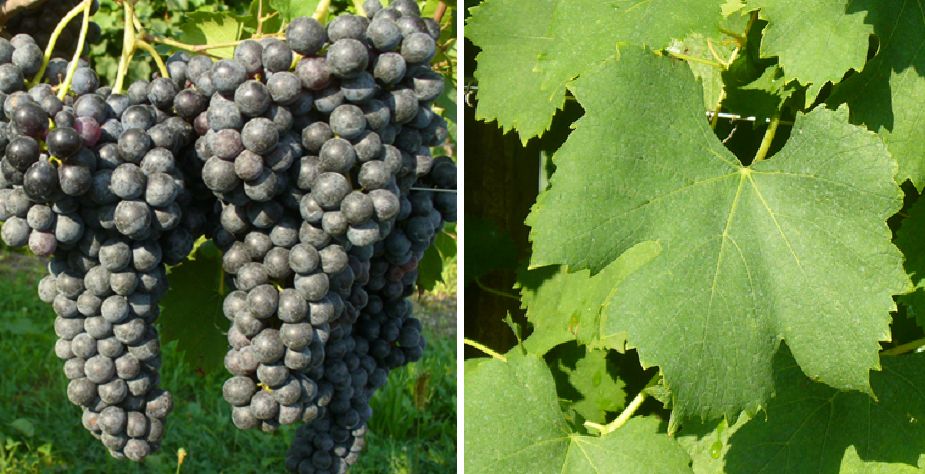The red grape variety originates from Italy. Synonyms are Encore Spannina, Fessietta, Frati, Fratina, Freisa del Piemonte, Freisa di Chieri, Freisa di Monfra, Freisa di Nizza, Freisa Grossa, Freisa Pica, Freisa Piccola, Freisetta, Freisetta de Montaldo, Fresa, Fresa Grosa, Fresa Monferrina, Frescia, Fresia, Fresia di Chieri, Fresior, Frezia, Frezija, Ghemme, Grananella, Ivanna Milanese, Marchesana, Martesana, Monferrina, Monfesia, Monfrina, Mounfrina, Munfrna and Spannina. It should not be confused with the varieties Fumin, Neretta Cuneese (Freisa Grossa) or Neretto Nostrano (Freisa Blu), despite seemingly suggestive synonyms or morphological similarities. According to DNA analyses carried out in 2020, it comes from a presumably natural cross between Nebbiolo x unknown partner. A direct descendant is Malvasia Nera Lunga.

Freisa is one of the oldest varieties in Piedmont, having been mentioned by name as early as the 15th century. However, the first reliable documentary mention in the form of an ampelographic description by Giuseppe Nuvolone Pergamo did not occur until 1787. The Italian King Victor Emmanuel II. (1820-1878) counted Freisa among his favourite wines. The medium-ripening vine tends to trickle. It produces light red, acid- and tannin-rich red wines with aromas of strawberries and raspberries and a slightly salty and bitter taste when matured dry.
The variety is mainly cultivated in the Italian region of Piedmont in the provinces of Asti, Cuneo and Torino. There, it is permitted as a blend in numerous DOC areas, such as the Freisa d'Asti and Freisa di Chieri named after it and dominated by it, in the DOCG Barbera d'Asti, as well as in some Nebbiolo and Barbera-dominated wines, such as Rubino di Cantavenna. There are also other stocks in the Aosta Valley and Veneto. The area under cultivation in Italy is 519 hectares with a strong downward trend. There are small stands in the Swiss canton of Ticino (0.1 ha), in Argentina (5 ha), Brazil and in California. In 2016, a total of 519 hectares of vines were reported (Kym Anderson statistics).
Source: Wine Grapes / J. Robinson, J. Harding, J. Vouillamoz / Penguin Books Ltd. 2012
Images: M.I.P.A.F - National Vine Certification Service
Voices of our members

There is a vast number of sources on the web where one can acquire knowledge about wine. But none has the scope, timeliness and accuracy of the information in the encyclopaedia at wein.plus. I use it regularly and rely on it.
Sigi Hiss
freier Autor und Weinberater (Fine, Vinum u.a.), Bad Krozingen